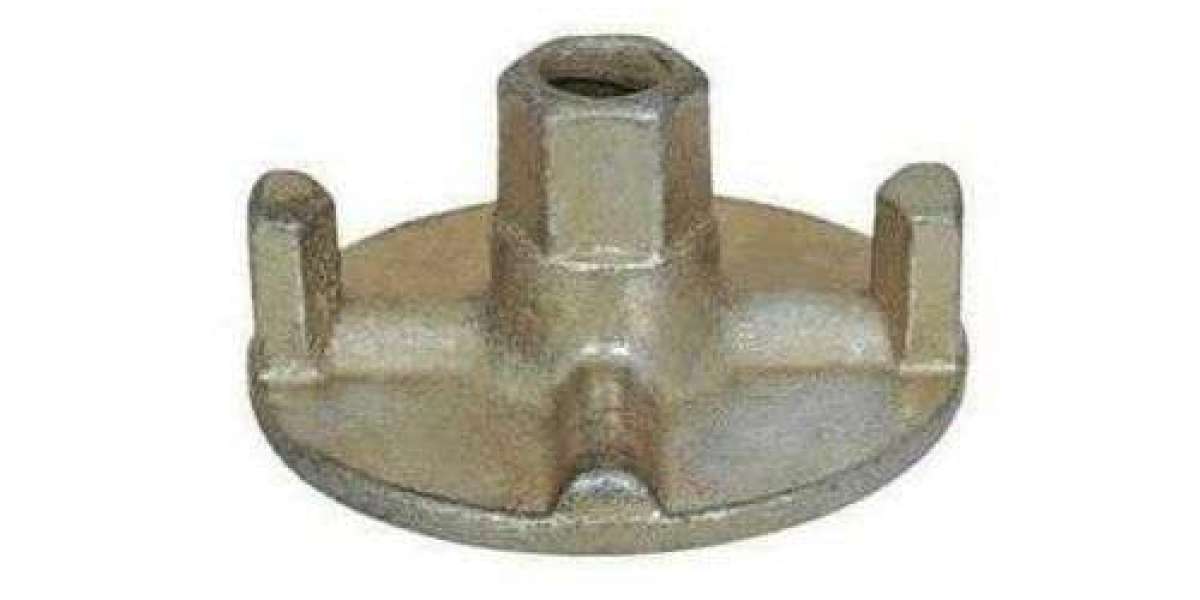While drivers often focus on engine oil itself, the real performance magic often comes from what’s mixed into it: engine oil additives. These specialized chemicals work silently under the hood to enhance oil performance, protect engines, and extend their service life—making them indispensable to modern automotive engineering.
What exactly are engine oil additives? Simply put, they are chemical compounds blended into base oil to improve its natural properties or add new functionalities. Without these additives, engine oil alone wouldn’t meet the demanding requirements of today’s high-performance engines.
Different types of additives serve different functions. For example, detergents and dispersants keep engines clean by preventing the buildup of sludge, varnish, and deposits. This helps maintain optimal engine efficiency and prevents blockages that could damage moving parts.
Anti-wear additives, like zinc dialkyldithiophosphate (ZDDP), form protective layers on metal surfaces to reduce friction and wear, especially in high-stress areas like camshafts and bearings. This contributes directly to engine longevity and reliable performance.
Viscosity index improvers are another key category, allowing engine oil to remain stable across a range of temperatures. In cold weather, they help oil flow freely for better startup protection. In hot conditions, they maintain oil thickness to ensure proper lubrication and prevent metal-to-metal contact.
Other additives include antioxidants, which slow the degradation of oil due to heat and oxygen exposure, and corrosion inhibitors that protect internal engine components from rust. Foam inhibitors help prevent excessive foaming, which can reduce oil’s lubricating efficiency.
Why are engine oil additives so critical today? Modern engines are built to tighter tolerances and often run at higher temperatures. They’re also expected to meet stricter emissions standards and deliver better fuel efficiency. Additives help achieve these goals by reducing friction, controlling deposits, and enhancing oil’s thermal stability.
Furthermore, the rise of turbocharged engines and hybrid powertrains creates new lubrication challenges. In these applications, additives must deliver both durability and compatibility with emission control systems like catalytic converters and particulate filters.
Sustainability is also shaping the future of engine oil additives. Manufacturers are exploring bio-based and lower-toxicity alternatives that maintain or improve performance while reducing environmental impact.
Looking forward, innovation in additive chemistry continues to evolve. New formulations are being developed to support next-generation engines, electric vehicle components like reduction gears, and even extend oil drain intervals—benefiting both consumers and the environment.













